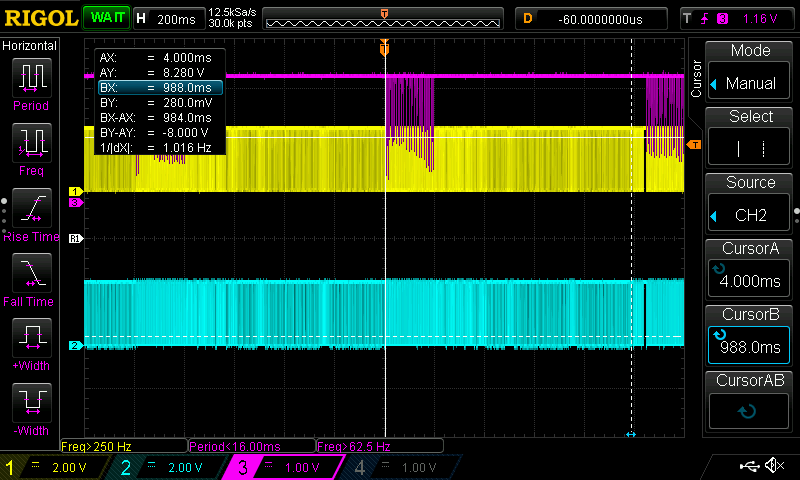Other Parts Discussed in Thread: BQ76920,
Hello; As per my previous inquiry, I get random NACK's when reading the 78350. However, I can then repeat the request and eventually, successfully read. My guess - for which I'm seeking confirmation - is that, since my "pings" are asynchronous with the ALERT from the 920, if the 350 is busy communicating with and/or processing data from the 920, it is not able to communicate with its host in parallel (??). Can you confirm that the 350 is not running with an RTOS which would permit multi-tasking, but is just a "main loop" F/W architecture?
If so, that would explain the random NACK's
Thanks



